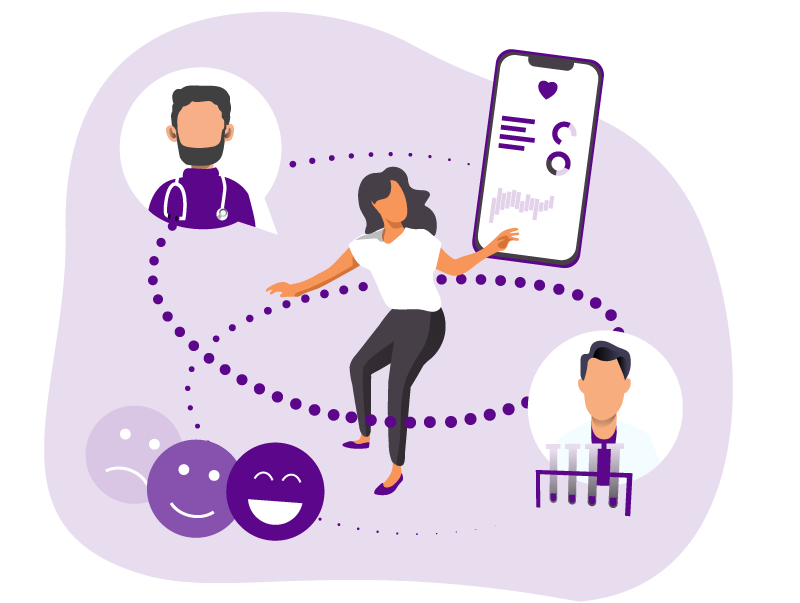Introduction
During the SARS-CoV-2 pandemic, the careful monitoring and reporting of confirmed infections has proven to be extremely important in the fight against dangerous infectious diseases. To this end, as of 01.01.2022, all laboratories are obliged to report all infections that are reportable by name to health authorities and the RKI via a DEMIS interface. [1] Furthermore, parameters relevant for the description of COVID infections were coded using the medical standard LOINC, among others. This raises the question: how does a nationwide reporting system work and what is the significance of medical coding systems in the context of the pandemic and beyond?
DEMIS (German Electronic Reporting and Information System)
A digital, nationwide reporting system is not a spontaneous reaction to the Sars-CoV-2 pandemic, but an important component of the digitization of the health care system in Germany, which has been worked on for years. The goal is to create an end-to-end electronic information processing and effective infection protection system in accordance with the Infection Protection Act. In 2013, a feasibility study was tendered by the Federal Ministry of Health, and the project was officially launched in January 2016. In the process, the Robert Koch Institute (RKI) commissioned the development and implementation of the system with the aim of completing the project by 31 December 2020. During the pandemic, Gematik was commissioned by the Ministry at short notice to support the RKI with the laboratory connection. [2]
Since June 2020, it has been possible to electronically report the pathogen detection of SARS-CoV-2 to the responsible health authorities. By digitizing the reporting process, the health office receives the required information more quickly and its completeness can be guaranteed. [3] Outdated procedures that have been used so far (such as reporting via fax machines) are to be replaced and the data to be transmitted via secure channels, thus protecting private and personal information. Furthermore, the use of automated procedures is made possible, which reduces the time and effort required for submitting the report for laboratories and processing it in health departments. Overall, a more efficient and faster process allows for the prompt initiation of additional infection control measures to prevent the further spread of the virus.
History of LOINC in Germany
In order to create and coordinate a nationwide reporting system, a “common language”, a database of commonly adapted terms, parameter names, and codes, is necessary between the different medical institutions. For this purpose, the LOINC standard was used in Germany.
LOINC stands for “Logical Observation Identifiers Names and Codes” and is an international system developed by the Regenstrief Institute for the unambiguous identification and coding of medical observations, especially laboratory examinations. Specific codes are assigned to different parameters and observations, enabling the use and exploitation of information beyond the boundaries of the respective database.
In addition to the database, the Regenstrief Institute offers an accompanying search function under the RELMA system (Regenstrief LOINC Mapping Assistant). This initially contained the full LOINC table of English language identifiers and was later expanded to include identifications in other languages. A quality-assured database for the German health department was created in 2010. This consists of German translations of about 11,000 frequently used examination procedures. The wizard is regularly updated and was enriched during the pandemic with relevant parameters for coding SARS-Cov-2 examinations. [4]
The path of a report (from laboratory to epidemiological bulletin)
With the help of DEMIS, the existing reporting system is to be further developed and expanded with the aim of enabling continuous electronic information processing according to the Infection Protection Act. Data that is available in electronic form in laboratory information systems is transmitted to DEMIS via a compatible interface. This interface (so-called “DEMIS adapter”) transfers the contents in the HL7/FHIR format and forwards the data to the central system. There, the reports are validated and it is automatically determined to which health office the report should be assigned. In the process, the data is encrypted and the corresponding health department can use its reporting software to retrieve, check, and further process the corresponding reports. [5] Using the available data, the RKI produces a weekly epidemiological bulletin containing information on the frequencies of SARS-CoV-2 infections and, in particular, the other notifiable infectious diseases. [6]
Beyond Corona
The DEMIS reporting system for the SARS-CoV-2 pandemic is only one of numerous potential use cases for the application of standardized medical terms. The standardization of medical data from different databases is an essential step for the digitization of the health care system in Germany and opens up new possibilities in the area of communication and cooperation between different laboratories and medical institutes. A comprehensive look at the added value of LOINC and SNOMED in everyday clinical practice can be found in the following blog post: https://medicalvalues.de
The use of LOINC is not always easy, however, as it requires the adaptation of the institutes’ internal processes and tools. Existing data may also need to be mapped so that it can be viewed in the context of new tasks and searches, which can be a time-consuming and error-prone process. To overcome this problem, medicalvalues has developed a platform for AI-powered automation of the process that can map existing data more efficiently, quickly, and securely to seize the opportunities of digital standardized data.
Literature:
[1]: https://www.gesetze-im-internet.de/ifsg
[2]: https://www.aerztezeitung.de



